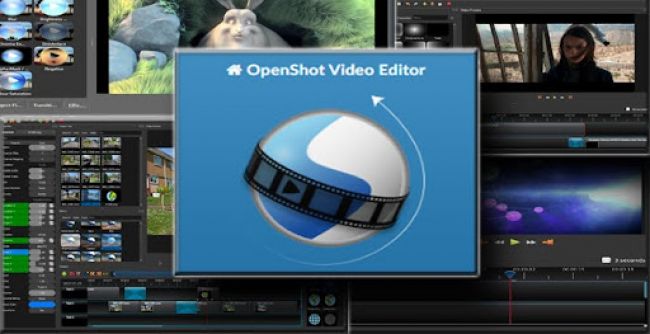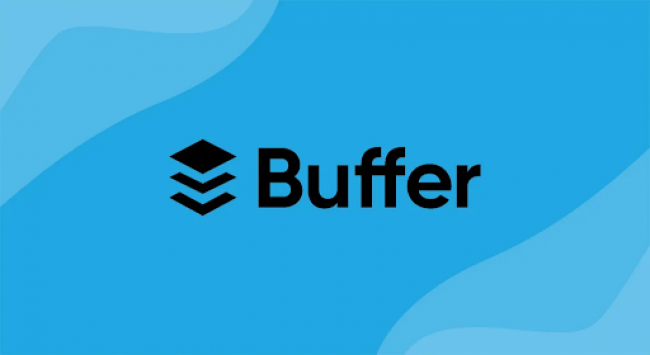Have you ever wondered why some products do well in the market while others fail? Well, one of the main reasons startups fail is that there is zero demand for their product or service. How can you prevent this issue from happening to you? The answer is to focus more on your customers and create products that meet their needs. This is where the product discovery can come in handy. Let’s dig deeper to get an idea of what a product discovery is and how to make the maximum out of it.
What Is a Product Discovery?
Let’s start with the basics — what is product discovery? It's one of the first stages of product development. It entails a thorough analysis of whether the issue we wish to solve exists for our prospective clients and how we should address it. What we are trying to do is to demonstrate that the issue exists and that we can fix it with a specific product or feature. This approach enables the product team to get a thorough understanding of the target user and one’s needs.

The core of this approach is ongoing concept testing, checking how the target market operates, and what people really need. The main goal is always to:
- Get a clear idea and characterize user issues.
- Validate team ideas, and design solutions that meet customer expectations.
- Eliminate product development risks at an early stage.
The development of any product or feature concept might be time-consuming. Therefore, before you implement anything, you should gather confirmation that it is indeed useful to the target audience.
Benefits of Product Discovery
Product discovery should be the first part of the product development process. It will help you anticipate what your audience wants and needs. The outcome of the product discovery process may also be extremely useful in the event of outsourcing the assignment to an external business or building an in-house team. So, what are the real outcomes of the product discovery process?
- Defined issues — The main problems that your customers and users face are now visible, understood, and defined. So you can start fixing them.
- Ready-made solutions — As a rule, you may come up with solution ideas during product discovery.
- Reduced risks — There are numerous risks in product development: the solution may be irrelevant, users may dislike it, they may believe it is too expensive, and they may not understand how to use it. Most importantly, you may be unable to deliver the solution due to budget, staff, or resource constraints. When done correctly, product discovery will help you avoid these risks since all of these factors will be examined.
Stages of Product Discovery Process
We understood now — product discovery is a key stage that cannot be just missed. Let's look at each stage of the product discovery process and lead you through it step by step.
Step #1 — Deciding on the Approach You Will Follow
It's similar to the opening statement in your product description. If you can run it yourself, ordering product discovery services will help you get answers to the following questions:
- Why are you creating this product?
- What is its purpose?
- What impact do you want to achieve?
This is what defining the product strategy is all about. Product managers, together with the whole team, should always consider the overall strategy before beginning to think about the product development process itself. Is that obvious? Not really. Many companies fail with their software initiatives simply because they lack a clear and comprehensive product strategy.
Step #2 — Identifying Possible Solutions
It's time to do some general research about the users and potential solutions to their concerns. At this stage, you will need to answer the following questions:
- Who is going to use the product?
- What issues does he or she have?
- How will you resolve them?
When it comes to identifying the target audience of your product, building a user persona may be very useful. It defines your ideal clients (users).
Step #3 — Prototyping
Prototyping entails providing particular solutions to each challenge and assessing their feasibility in general. The following questions can help guide you through this stage:
- How do you tackle a particular user problem?
- What will be the outcome of such a solution?
- Which of the proposed remedies to the issue will be the most effective?
Step #4 — Verifying Ideas
Now that you've put down your thoughts and provided some answers, you need to thoroughly evaluate if they will work. It is critical to involve people at this stage. For example, you can run customer interviews to collect important data. They will help you get answers to the following questions:
- Are your ideas really good?
- What are your users' thoughts on them?
- Can you genuinely resolve their issues?
When confirming your product development ideas, it's also a good idea to see whether the validated solution is currently available in the marketplace. That is why you should do a competitive analysis. This way, you can assess your chances to outperform the competition, learn about industry standards, determine what is useful to your target market, and understand how your solution will stand out from the crowd.
Step #5 — Priority Setting and Planning
The strategy is established; users are interviewed; and solutions are found and tested. Now is the time for the prioritization and planning stage, where you'll have to decide on the following:
- Which of the product ideas do you intend to implement?
- Which functionality should be delivered first?
- What is the scope of your minimum marketable product (MMP) or minimum viable product (MVP)?
At this phase, you should have customer insights and understand their pain point to achieve the required business value. Define the product roadmap first and move on with the product development afterward.
Conclusion
Each software development project should include a product discovery phase. Don't be hesitant to do consumer interviews, surveys, and other methods that will get you closer to product users and reveal customer needs. Listening to customer input and evaluating consumer data may be the most effective approach to get your project on track! Therefore, it is critical to run market research, assess customer behavior, interview customers, develop user stories, validate, and implement.
Post Comment
Be the first to post comment!
Related Articles

Dezgo: Guide on How to Use and its Pricing in 2025
Apr 21, 2025
11+ Best Free AI Tools to Use in 2025
Apr 16, 2025

